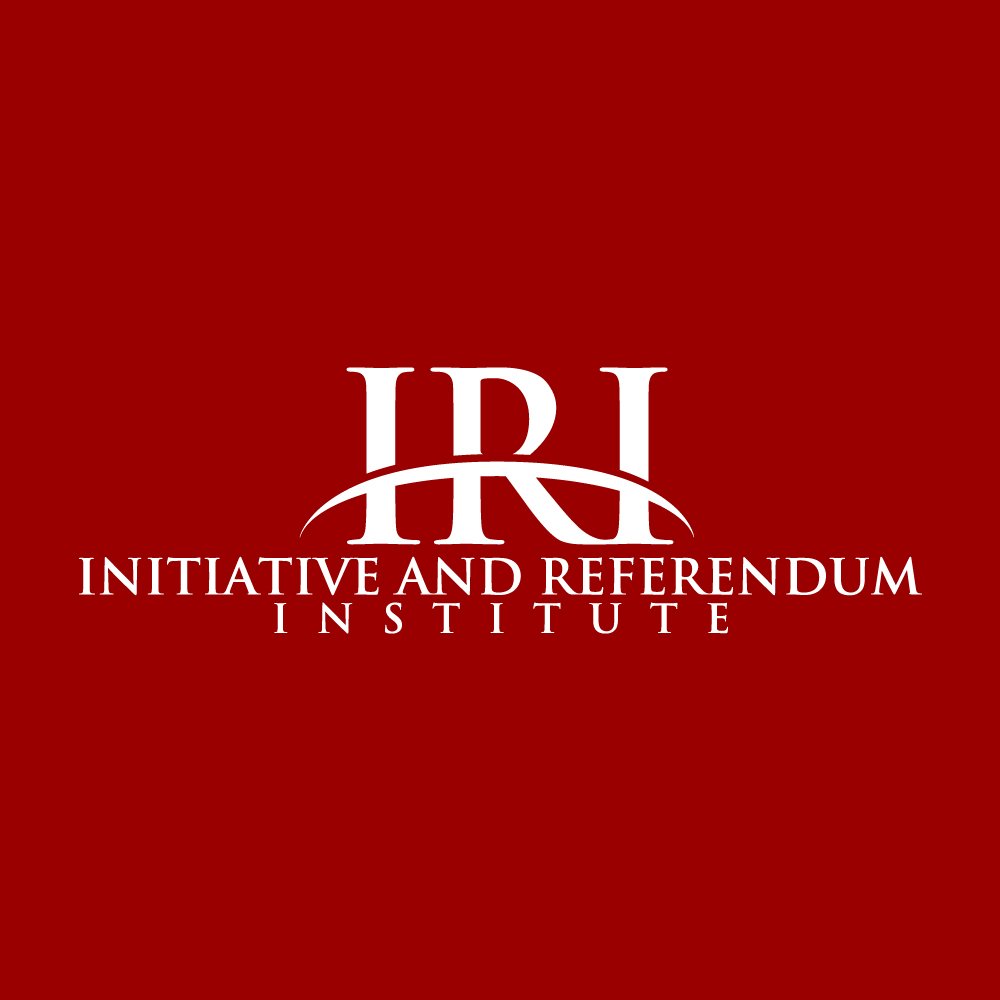Arkansas
The Arkansas Populist Party endorsed initiative and referendum in its 1896 state platform, and the Democrats followed suit in 1898. But it was not until a decade later that the Democrat George W. Donaghey won election as governor and, in 1909, successfully shepherded an I&R amendment through the legislature. It won voter ratification on September 5, 1910.
Out-of-state Progressive movement leaders had flocked into Arkansas during the summer to popularize the amendment. George Judson King of Ohio set up a press bureau to provide newspapers with pro-I&R information. William Jennings Bryan and Governor Donaghey made a whistle-stop tour of the state in a specially chartered train. In five days they covered 1,750 miles and gave 55 speeches to between 75,000 and 100,000 people. The presidents of the state Farmers Union and Federation of Labor were on board to urge their members to support I&R. On Election Day, voters approved I&R by a greater than two to one margin.
In 1912, seven initiatives qualified for the ballot, of which three passed: one limiting the legislature's session and members' salaries; a second providing for recall of elected officers; and a third authorizing cities and towns to issue bonds for public works. Opponents of the successful initiatives went to court to overturn them on legal technicalities, and the Arkansas state supreme court encouraged such challenges with a series of decisions that chipped away at Arkansas voters' rights to self-government, beginning with the recall and bond initiative votes. I&R supporters fought back with an initiative to strengthen I&R procedures, only to see it lose with a frustratingly close 48.6 percent of the vote. They tried again by writing I&R provisions into a new constitution proposed by a state constitutional convention in 1917-1918, but that lost also. They tried a third time in 1920 with an initiative that won the popular vote but lost in court on a legal technicality, and the voters rejected a fourth initiative in 1922.
Unexpected salvation for I&R advocates came in 1925, when the state supreme court reversed its decision on the 1920 technicality (Brickhouse v. Hill, 167 Ark. 513 [1925]). Meanwhile, the state Federation of Labor won approval of an initiative prohibiting child labor (1914), and the local bond authority initiative won on a second try in 1918. In 1926 voters approved an initiative to consolidate their state and federal elections, which had been held on different dates.
Like the legislatures of other southern states, voters in Arkansas enacted several regressive measures: a 1928 initiative to ban the teaching of evolution in the schools; a 1930 law to require Bible-reading in the schools; and a 1956 initiative requiring the legislature to use any constitutional means to block school integration. The last won with 56 percent of the vote, thus supporting the segregationist policy of Governor Orval Faubus.
In the same election, however, Arkansans showed a liberal streak by approving, by a nearly three to one margin, an initiative to increase workmen's compensation (a previous initiative had authorized workmen's compensation in 1938). In 1964 they voted by a 56 percent majority to abolish the state's poll tax, which was another liberal move. Numerous other high profile initiatives were adopted in the state – term limits in 1992 and campaign finance reform in 1996. Also during the 1990s a tax activist by the name of Oscar Stilley attempted numerous tax related initiatives at both the state and local levels. However, many of his initiatives were struck off the ballot by the state supreme court on technicalities.
See David Schmidt, Citizen Lawmakers: The Ballot Initiative Revolution (Temple University Press, 1989)
